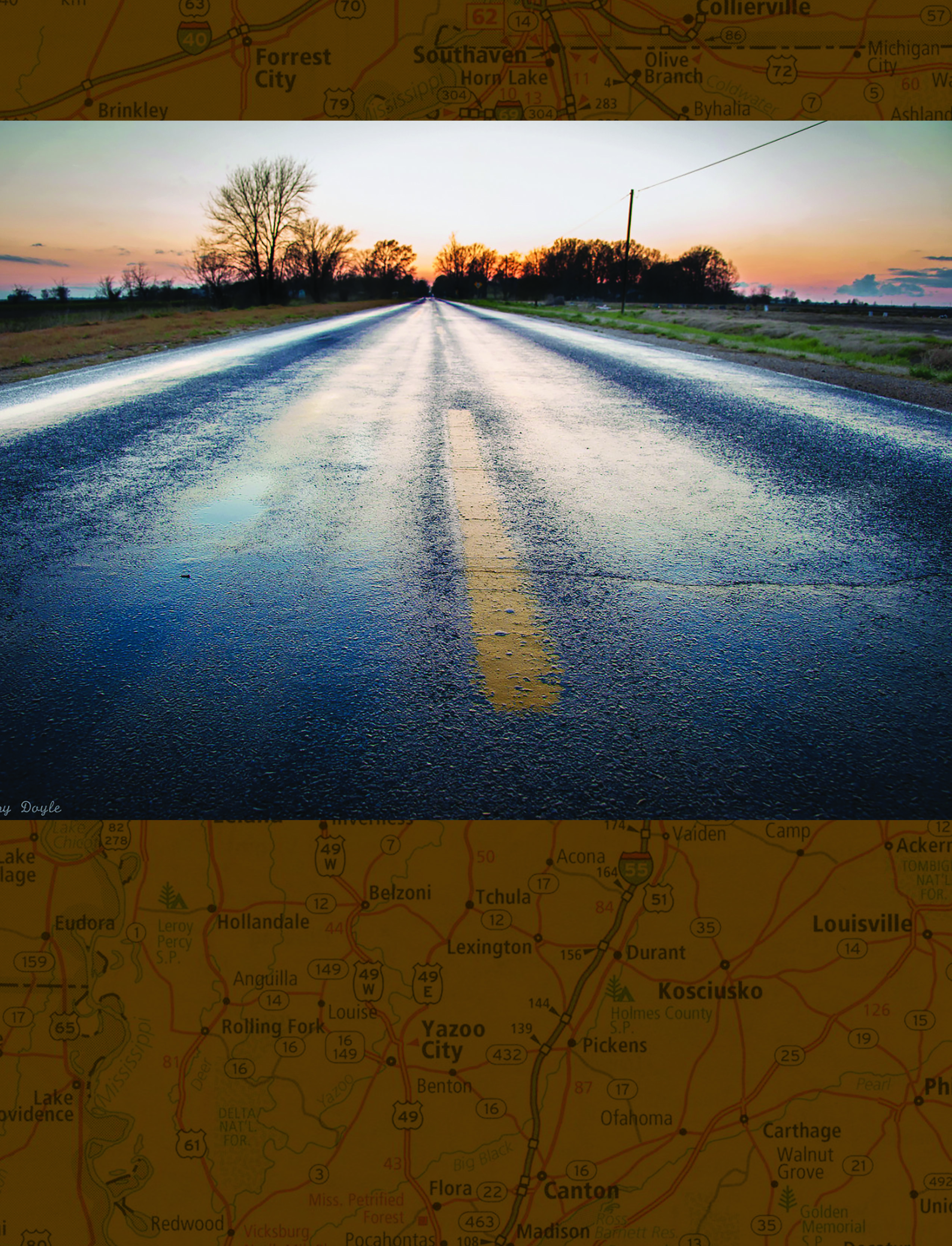2018 Forecasted to be busy year for region
By Susan Montgomery
The Delta’s playing a significant role in continuing statewide tourism increases, both in the number of visitors and the dollars they bring, and the latest data raises hope that the region might see more gains this year and later.
The most recent figures from the Mississippi Development Authority are from fiscal year 2016, when the state attracted approximately 700,000 more visitors than the year before. Some of these traveled in the Delta, where five counties had gains in tourism generated revenues. They are:
Bolivar, up $5.25 million, from $43,737, 304 in fiscal 2015 to $48,981,351, in fiscal 2016.
Leflore, up $1.1 million, from $49,457,745 to $50,580,536.
Sunflower, up $512,216, from $14,01,7398 to $14,529,614.
Yazoo, up $451,110 from $144,858,365 to $14,903,475.
Carroll, up $268,349 from $599,208.
In the Delta that year, travel and tourism expenditures amounted to $850 million supporting 10,150 jobs and contributing $98.9 million in tax collections.
“In Mississippi, we are very well organized,” explained Glenn McCullough, MDA executive director. He cited the work of Visit Mississippi and Convention and Visitors Bureau officers who are their communties’ and the state’s boots on the ground or, as McCullough described them: “These men and women are the tip of the spear,” he says.
He’s particularly excited with statewide data. For example, the state had 23 million visitors in 2016, a 700,000 increase from the previous year. They contributed to $6.3 billion spent in the state, generating $395 million for the state’s general fund. That’s 2.3 percent higher than 2015 and 2.4 percent more than than the 10-year average.
The MDA calculates that direct employment in travel and tourism rose to 86,600 in 2016, and McCullough says that signifies steady growth over post-Katrina and Great Recession-era lows.
McCullough also says the figures are intended to reflect visitors from out of state and the country, and that’s the aim. “We want more dollars coming in than going out, and tourism is a huge part of that process.”
Some revenues, such as those generated by tourism taxes collected by restaurants,come from people who live inside Mississippi. However, the type of data collected by tourist destinations, such as the B.B. King Museum in Indianola, illustrates the number of visitors who are traveling to the state.
“We try to track our visitors by zip codes,” says Malika Lee, the museum’s executive director. Visitors to the museum are asked to supply them when they buy tickets. In fiscal 2016, almost 30 percent of ther museum’s visitors were from Mississippi but not Sunflower County. Those coming from out of state amounted to 42 percent, and those from other countries, 26.6 percent. “That leaves the rest, 1.6 percent, from Sunflower County.”
Indianola saw the opening of a new hotel, the Hampton Inn, in 2016. “The hotel has had a great effect,” she says. “It’s tremendous for us to increase tourism.”
Meanwhile, tourist destinations are on the rise. The Mississippi Blues Trail, started in 2006, posted its 200th marker in November, and the Grammy Museum opened in Cleveland in March 2016.
Wanda Clark of Hammons and Associates in Greenwood, directs the trail. The recent marker for “Rocket 88” in Lyon “was just a good milestone, but it’s not the end. We have a wish list that goes up to 240.”
She remembered the 2006 installation for Charley Patton in Holly Ridge and reflected on the development of the Blues Trail. “It obviously took a while to get the word out to everyone that was going to really happen.” Now, the trail regularly attracts visitors from other states and countries, and the trail’s website draws views from people worldwide.
McCullough says people who visit want to return the state and the Delta because they have fun, the people they meet are hospitable and the places they go are interesting and beautiful.
He considered the effect of the Delta with its snowy cotton and sunlit Mississippi River and reflected on its people. “All of our citizens are becoming better ambassadors. There is a sense of optimism in our state. We are very optimistic about our future. Seven hundred thousand is a considerable increase in visitors to our state, more than every before. We make people feel welcome, and we invite them to come back.”

